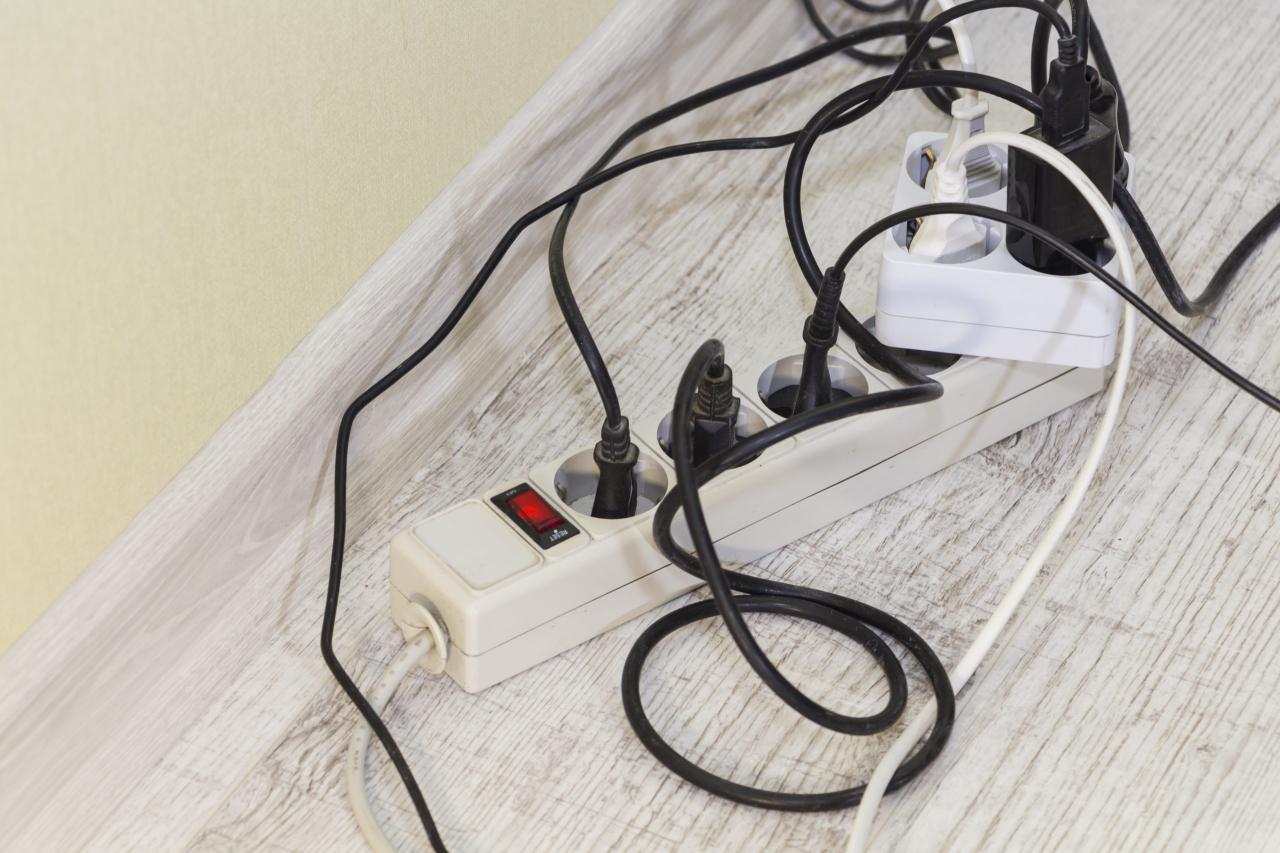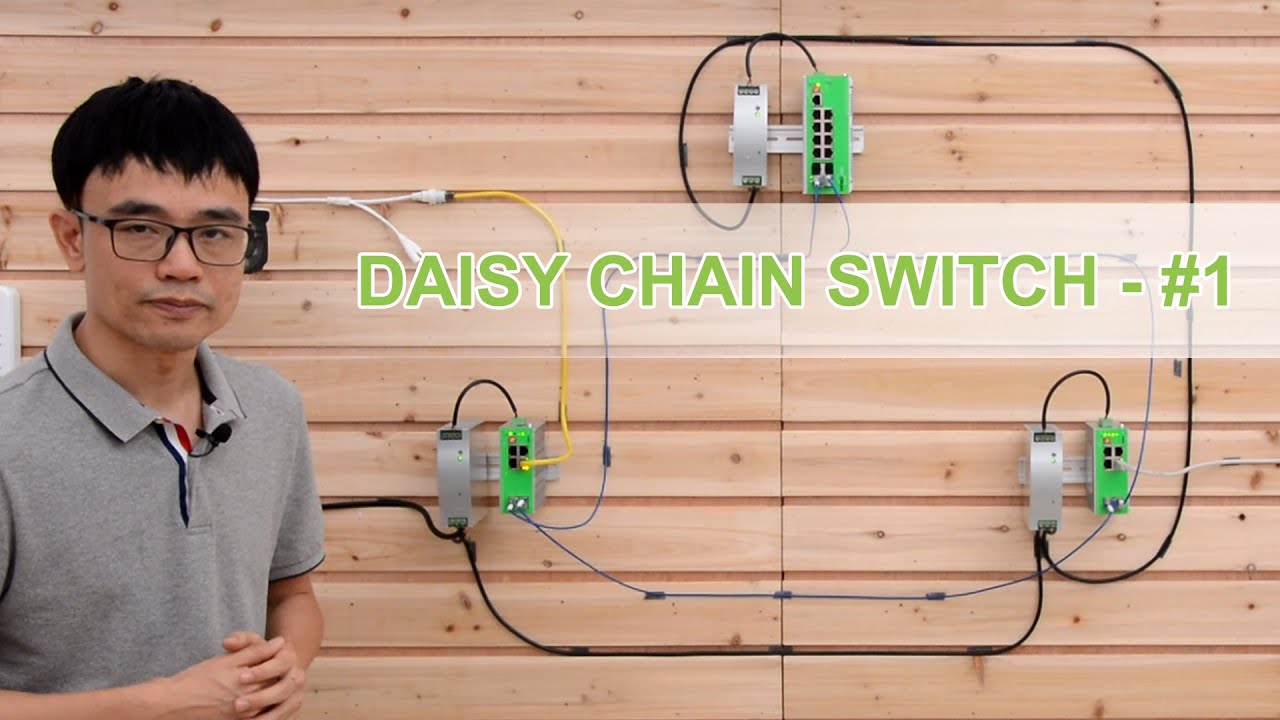Chained together switches, a fundamental component in electrical systems, offer versatile control over lighting, motors, and other devices. By linking multiple switches in a series, electricians can create intricate wiring configurations that enhance functionality and convenience. This article delves into the concept of chained switches, exploring their methods, applications, design considerations, and troubleshooting techniques.
From residential lighting control to industrial automation, chained switches play a vital role in diverse electrical systems. Understanding their principles and applications empowers electricians and homeowners alike to design and maintain efficient and reliable electrical installations.
Chained Together Switches
Chaining switches together involves connecting multiple switches in series, creating a single, unified control system. This technique is commonly employed in electrical systems to enhance functionality and provide greater flexibility in controlling various components.
Examples of Chained Switches in Electrical Systems
- Multi-way lighting control:Chained switches allow for the control of a single light fixture from multiple locations. For instance, a staircase may have switches at the top and bottom, enabling users to turn the lights on or off conveniently from either end.
- Motor control:In industrial settings, chained switches are used to control the operation of motors. By connecting multiple switches in series, operators can start, stop, or reverse the direction of the motor from different points within the facility.
- Emergency systems:Chained switches play a crucial role in emergency systems, such as fire alarms and security systems. They ensure that critical actions can be initiated from various locations, enhancing the effectiveness of the response.
Advantages of Chaining Switches
- Enhanced control:Chaining switches provides greater control over electrical systems, allowing for convenient operation from multiple locations.
- Flexibility:This technique offers flexibility in system design, enabling the addition or removal of switches as needed to meet changing requirements.
- Safety:In emergency situations, chained switches ensure that critical actions can be taken from various points, enhancing safety.
Disadvantages of Chaining Switches
- Increased complexity:Chaining switches introduces additional complexity to the electrical system, requiring careful planning and installation.
- Troubleshooting challenges:In the event of a malfunction, troubleshooting chained switches can be more challenging compared to single-switch systems.
- Wiring requirements:Chaining switches requires additional wiring, which can increase the cost and complexity of the installation.
Methods for Chaining Switches
There are several methods for chaining switches together to create a larger, more complex network. Each method has its own advantages and disadvantages, so it is important to choose the right method for the specific application.
Method 1: Daisy Chaining
Daisy chaining is the simplest method of chaining switches together. In this method, the switches are connected in a series, with each switch connected to the next switch in the chain. Daisy chaining is easy to set up and requires no special equipment, but it has some limitations.
For example, daisy chaining can only be used to connect a limited number of switches together, and it can be difficult to troubleshoot problems with the network.
Method 2: Stacking
Stacking is a method of chaining switches together that uses a special type of switch called a stackable switch. Stackable switches are designed to be connected to each other in a stack, and they can be managed as a single unit.
Stacking offers several advantages over daisy chaining, including the ability to connect more switches together and the ability to troubleshoot problems more easily. However, stacking can be more expensive than daisy chaining, and it requires special equipment.
Method 3: Virtual Stacking
Virtual stacking is a method of chaining switches together that uses software to create a virtual stack. Virtual stacking offers many of the same advantages as stacking, but it does not require special equipment. Virtual stacking is also more flexible than stacking, as it allows switches from different vendors to be connected together.
However, virtual stacking can be more complex to set up and manage than stacking.
Applications of Chained Switches
Chained switches are versatile devices that offer numerous applications in various industries. Their ability to control multiple devices simultaneously makes them an ideal solution for a wide range of tasks.
One common application of chained switches is in lighting control systems. They can be used to control multiple lights from a single switch, allowing for convenient and efficient operation. For example, in a large room or hallway, multiple switches can be connected to control all the lights in that space, eliminating the need for multiple switches and providing centralized control.
Control of Motors and Other Devices
Chained switches can also be used to control motors and other electrical devices. In industrial settings, they can be used to control conveyor belts, pumps, and other machinery. By connecting multiple switches to a single motor, operators can control the device from multiple locations, ensuring safety and convenience.
In residential settings, chained switches can be used to control ceiling fans, exhaust fans, and other appliances. This allows for convenient operation from multiple locations, eliminating the need to walk to the appliance to turn it on or off.
Real-World Examples, Chained together switch
- In hospitals, chained switches are used to control lighting in patient rooms, allowing nurses and doctors to adjust the lighting levels from multiple locations.
- In warehouses, chained switches are used to control conveyor belts, allowing operators to start and stop the belts from multiple locations along the line.
- In homes, chained switches are used to control ceiling fans, allowing users to adjust the fan speed and direction from multiple locations in the room.
Design Considerations for Chained Switches: Chained Together Switch

When designing a system with chained switches, several factors must be considered to ensure optimal performance and safety. These factors include switch selection, wiring, and compliance with safety codes.
Selecting the appropriate switches is crucial for the system’s reliability and efficiency. The switches should have adequate current and voltage ratings to handle the connected load. Additionally, they should be designed for the specific application environment, considering factors such as temperature, humidity, and vibration.
Wiring
Proper wiring is essential for safe and reliable operation of chained switches. The wiring should be of appropriate gauge to handle the current load and should be securely connected to the switches and terminals. Additionally, the wiring should be routed in a way that minimizes interference and potential hazards.
Safety and Code Compliance
Safety should be a top priority when working with chained switches. The switches and wiring should be installed and maintained in accordance with applicable safety codes and regulations. This includes using proper grounding techniques, providing adequate insulation, and labeling the switches clearly.
Troubleshooting Chained Switches
Maintaining the optimal performance of chained switch systems requires addressing potential issues promptly and effectively. Here are some common problems that can occur and tips for resolving them.
Identifying Problems
- Switch failure:One or more switches in the chain may malfunction, causing connectivity issues.
- Cable damage:Physical damage to cables connecting the switches can disrupt data transmission.
- Configuration errors:Incorrect switch configurations, such as mismatched settings or improper VLAN assignment, can lead to connectivity problems.
- Loop formation:Creating loops in the switch chain can cause network instability and broadcast storms.
- Overloading:Excessive traffic load on the switches can degrade performance and cause packet loss.
Troubleshooting Tips
- Test cables:Verify cable integrity using a cable tester or by replacing suspected cables.
- Check switch status:Monitor switch logs and LEDs to identify any hardware or software issues.
- Review configurations:Ensure that all switches are configured correctly, including VLANs, IP addresses, and spanning tree settings.
- Trace network traffic:Use tools like Wireshark to analyze network traffic and identify any potential issues.
- Disable unnecessary features:Temporarily disable non-essential switch features, such as Spanning Tree Protocol, to troubleshoot connectivity problems.
Best Practices
- Regular maintenance:Perform periodic switch firmware updates and hardware checks to prevent potential issues.
- Redundancy:Implement redundant links between switches to provide failover in case of a switch failure.
- Loop prevention:Use Spanning Tree Protocol or other loop prevention mechanisms to avoid network loops.
- Capacity planning:Monitor traffic load and upgrade switches as needed to ensure optimal performance.
- Documentation:Maintain detailed documentation of switch configurations and network topology for easier troubleshooting.
Final Review

In conclusion, chained together switches provide a powerful tool for electrical professionals to achieve complex control schemes. By carefully considering design factors, selecting appropriate switches and wiring, and adhering to safety codes, electricians can harness the versatility of chained switches to optimize electrical systems across various industries.
Troubleshooting and maintenance practices ensure the longevity and reliability of these systems, empowering users to enjoy the benefits of convenient and efficient electrical control.
Questions Often Asked
What are the advantages of chaining switches together?
Chaining switches together offers several advantages, including centralized control of multiple lights or devices from various locations, increased flexibility in lighting configurations, and energy savings through efficient control.
What are the different methods for chaining switches?
There are two primary methods for chaining switches: the three-way switch method and the four-way switch method. Three-way switches allow for control from two locations, while four-way switches enable control from three or more locations.
How do I troubleshoot a chained switch system?
Troubleshooting chained switch systems involves identifying the faulty component, which can be a switch, wiring, or connection. Checking for loose connections, testing switches with a multimeter, and isolating sections of the circuit can help pinpoint the issue.

